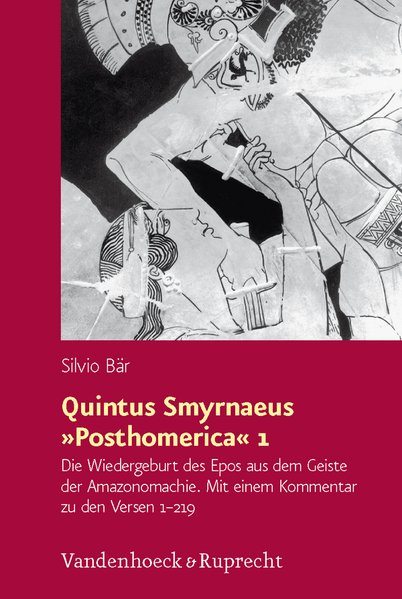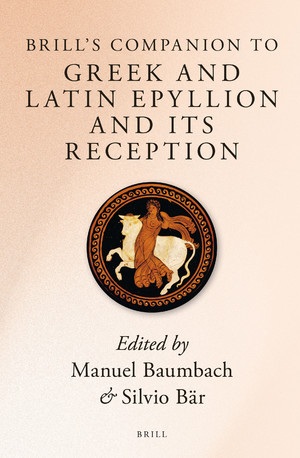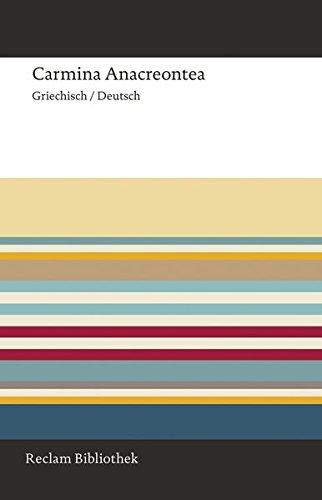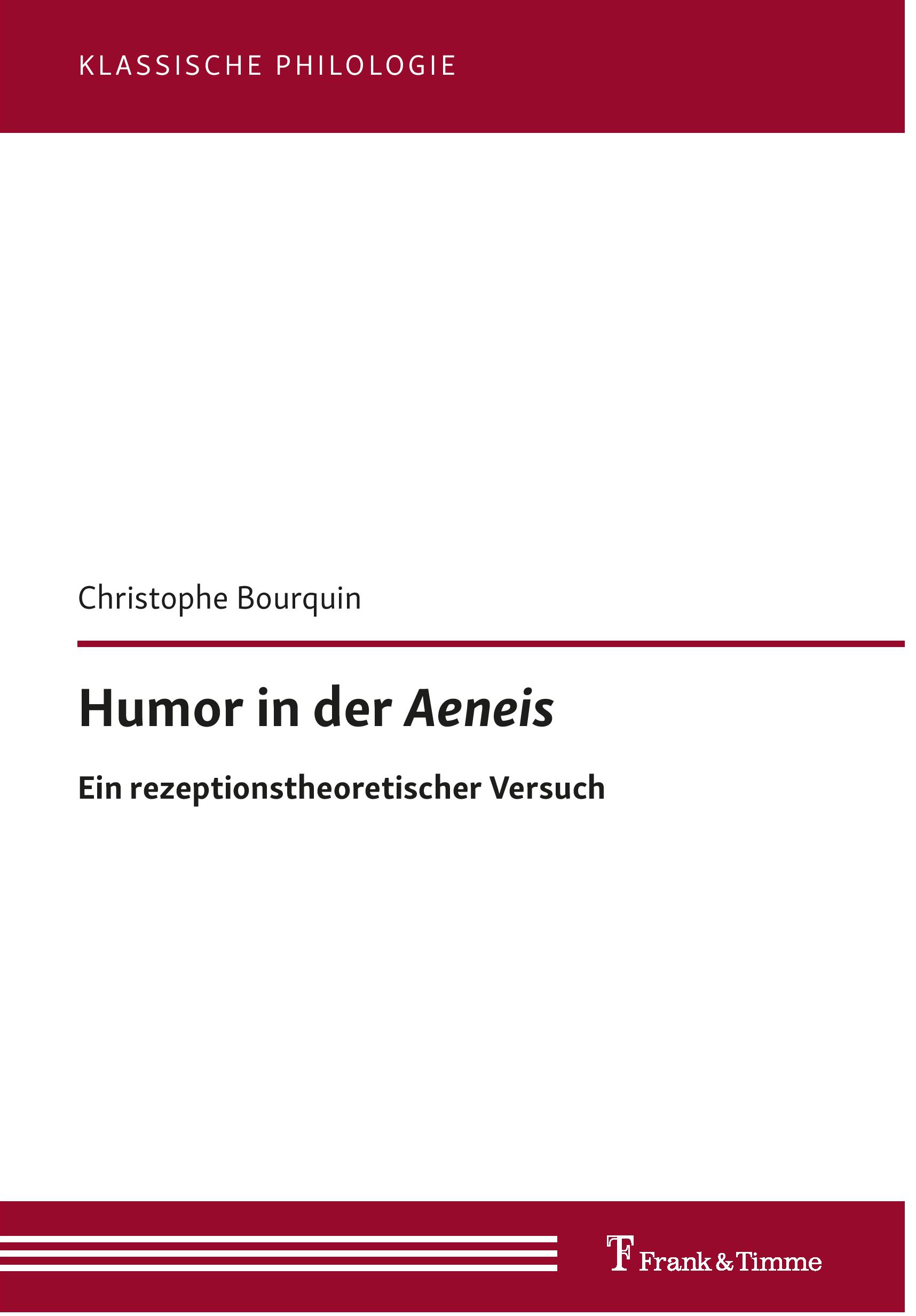Treffetider
Mandag kl. 11:00–12:00. Ingen avtale påkrevd, men vennligst ikke kom forbi når du er syk. Siste treffetider vårsemester 2024: 6. og 13. mai.
Faglige interesser
- Sjangrer: Gresk epos, tragedie, lyrikk, romanen, prosa og poesi fra den annen sofistikk, mytologi og mytografi (særlig Herakles), retorikk.
- Metoder/tilnærminger: intertekstualitet, transtekstualitet, narratologi, kognitiv teori.
- Resepsjon: antikken i engelsk litteratur og populærkultur, transfer av kunnskap.
Utdanning
- 2015: Universitetspedagogisk basiskompetanse ved UiO
- 2013: BA ved Universitetet i Zürich (engelsk)
- 2010: Diplom som gymnaslærer ved Universitetet i Zürich
- 2008: Doktorgrad ved Universitetet i Zürich
- 2006–07: Gjestedoktorand ved Corpus Christi College, Universitetet i Oxford
- 2005: Lizentiat (BA/MA) ved Universitetet i Zürich (gresk, latin, musikkvitenskap)
Yrkesaktivitet og verv
- 2021–24: Representant for de fast vitenskapelige ansatte ved IFIKKs instituttsstyre
- 2021–22: Vararepresentant for de fast vitenskapelige ansatte ved HFs fakultetsstyre
- 2019–23: Leder i Nasjonalt fagorgan for gresk og latin
- 2019–20: PhD leder ved IFIKK
- 2018–20: Fagleder i klassisk ved IFIKK
- 2016–nå: Professor i gresk ved UiO
- 2014–15: Førsteamanuensis i gresk ved UiO
- 2012–13: Postdoktorand ved Universitetet i Zürich
- 2009–14: Gymnaslærer i Zürich
- 2005–12: Forskningsassistent og lektor ved Universitetet i Zürich
- 2002–06: Gymnaslærer i Zürich
- Med Manuel Baumbach: “An Introduction to Quintus Smyrnaeus’ Posthomerica.” I: Baumbach/Bär (2007): 1–26.
- “Quintus Smyrnaeus und die Tradition des epischen Musenanrufs.” I: Baumbach/Bär (2007): 29–64.
- Med Manuel Baumbach: “A Short Introduction to the Ancient Epyllion.” I: Baumbach/Bär (2012): ix–xvi.
- “‘Museum of Words’: Christodorus, the Art of Ekphrasis and the Epyllic Genre.” I: Baumbach/Bär (2012): 447–471.
- “Odysseus’ Letter to Calypso in Lucian’s Verae Historiae.” I: Owen Hodkinson / Patricia A. Rosenmeyer / Evelien Bracke (red.), Epistolary Narratives in Ancient Greek Literature. Leiden / Boston 2013 (Mnemosyne Suppl. 359), 221–236.
- Med Manuel Baumbach: “The Epic Cycle and imperial Greek epic.” I: Marco Fantuzzi / Christos Tsagalis (red.), The Greek Epic Cycle and its Ancient Reception:
A Companion. Cambridge 2015, 604–622.
- Kommentar til dikt AB 57–61, i: Bernd Seidensticker / Adrian Stähli / Antje Wessels (red.), Der Neue Poseidipp: Text – Übersetzung – Kommentar. Darmstadt 2015, 229–246.
- “Reading Homer, Writing Troy: Intertextuality and Narrativity of the Gods and the Divine in Quintus of Smyrna’s Posthomerica.” I: James J. Clauss / Martine P. Cuypers / Ahuvia Kahane (red.), The Gods of Greek Hexameter Poetry: From the Archaic Age to Late Antiquity and Beyond. Stuttgart 2016 (PAwB 56), 215–230.
- “Diktys und Dares vor dem Hintergrund des zweitsophistischen Homerrevisionismus.” I: Graziana Brescia / Mario Lentano / Giampiero Scafoglio / Valentina Zanusso (red.), Revival and Revision of the Trojan Myth: Studies on Dictys Cretensis and Dares Phrygius. Hildesheim / Zürich / New York 2018 (Spudasmata 177), 151–176.
- Med Emily Hauser: “Introduction.” I: Bär/Hauser (2019): 1–12, noter 187–188, bibliografi 218–219.
- “The Elizabethan Epyllion: From Constructed Classical Genre to Twentieth-Century Genre Propre.” I: Bär/Hauser (2019): 138–150, noter 206–207, bibliografi 238–240.
- Med Elisabeth Schedel: “Epic fragments.” I: Christiane Reitz / Simone Finkmann (red.), Structures of Epic Poetry. Bind 1: Foundations. Berlin / Boston 2019, 317–355.
- “Herakles and the Panhellenic Idea in Ancient Greek Culture.” I: Serpil Ahmetkocaoğlu et al. (red.), II. International Symposium on Mythology. 8–10 June 2021, Ardahan. Proceedings Book. Ardahan 2021, 643–656.
- “Quintus of Smyrna.” I: Mathieu de Bakker / Irene J.F. de Jong (red.), Speech in Ancient Greek Literature. Leiden / Boston 2021 (SAGN 5), 154–171.
- Med Emma Greensmith & Leyla Ozbek: “Introduction: Going to Rome, Returning to Troy.” I: Bär/Greensmith/Ozbek (2022): 1–13.
- “Heracles’ Emotions in Apollonius of Rhodes’ Argonautica.” I: Mathieu de Bakker / Baukje van den Berg / Jacqueline J.H. Klooster (red.), Emotions and Narrative in Ancient Literature and Beyond: Studies in Honour of Irene de Jong. Leiden / Boston 2022 (Mnemosyne Suppl. 451), 471–478.
- “Zwei Reden und drei Frauen: Zu den Sprecherinnen des Frauenredepaars bei Quintus Smyrnaeus (Posthomerica 1,403–476).” I: Lamers/Bär (2022): 55–68.
-
“Greek and Roman Epigrammatists in the Later Imperial Period: Ausonius and Palladas in Dialogue with the Classical Past.” I: Berenice Verhelst / Tine Scheijnen (red.), Greek and Latin Poetry of Late Antiquity: Form, Tradition, and Context. Cambridge 2022, 31–50.
-
“Sinon and Laocoon in Quintus of Smyrna’s Posthomerica: A Rewriting and De-Romanisation of Vergil’s Aeneid?” I: Katerina Carvounis / Sophia Papaioannou / Giampiero Scafoglio (red.), Later Greek Epic and the Latin Literary Tradition: Further Explorations. Berlin / Boston 2022, 55–74.
-
“Der Teufel trägt Gucci? Die Akropolis von Athen als Imaginationsort von Demokratie, Hochkultur und Panhellenismus.” I: Camille Semenzato / Lucius Hartmann (red.), Von der Antike begeistert! Philologie, Philosophie, Religion und Politik durch drei Jahrtausende: Festschrift für Christoph Riedweg. Basel 2023, 211–222.
-
“Heracles and Hesione in the Iliad.” I: Christos Tsagalis (red.), Heracles in Early Greek Epic. Leiden / Boston 2024, 146–163.
-
“The Study of Transtextual Characters in Homeric Sequels: A Methodological Manifesto.” I: Diane Cuny / Arnaud Perrot (red.), Suites d’Homère de l’Antiquité à la Renaissance. Turnhout 2024, 83–93 (under trykking).







